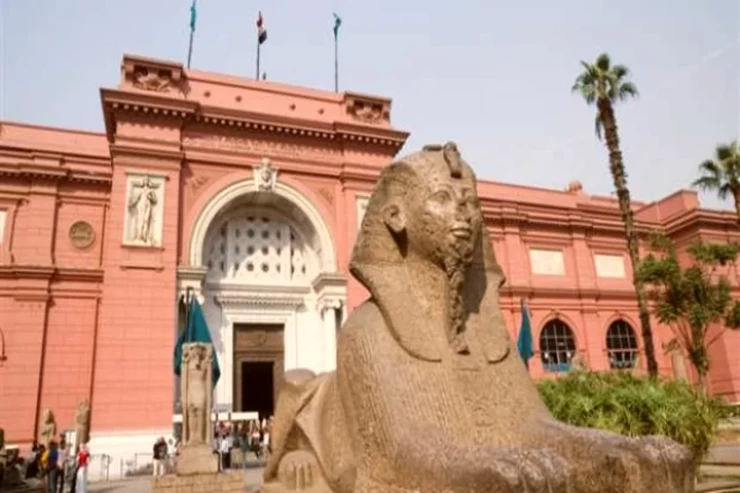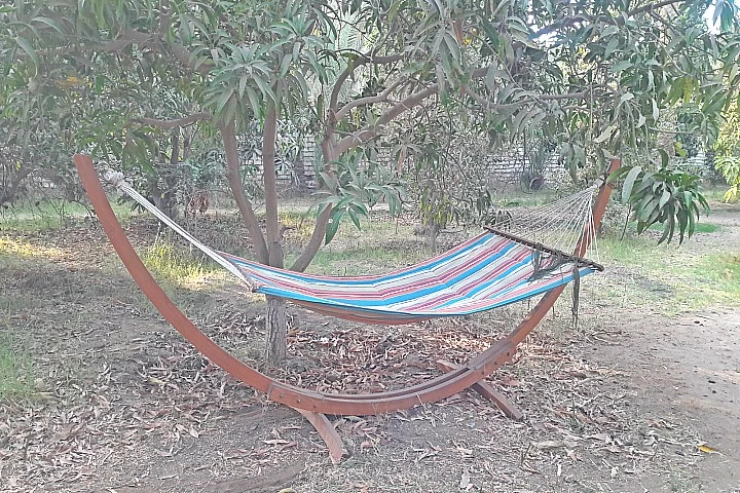Tomb of Tutankhamun
The burial site of the ancient Egyptian ruler, has kept the whole human race in captive thrill from time immemorial. Beneath the surface of Luxor’s Valley of the Kings, one of the greatest archaeological finds known to man lies—the Tomb of Tutankhamun. This burial chamber was found in the year 1922 by an English archaeologist named Howard Carter, and it captivated the entire world with its unspoiled riches and the legend of a young king leading the glory days of Egypt.
The Discovery of a Lifetime
Carter and his men had been looking for the tomb all day when finally they found a tomb entrance that was buried under a lot of rubble. As they broke through the last barrier, Carter looked into the room with the light of a candle and famously said, “I see wonderful things.” In front of him was a tomb, the inside of which had never been violated by tomb raiders and contained beautiful treasures that had been locked away for more than three thousand years.
Untold Riches
The articles found in the tomb present a breathtaking cutout of the life, art, history, and religion of ancient Egypt. Among the treasures are:
The Encasement: Notable artwork encased in a pure gold shell with curry-colored lapis, turquoise, and glass, the lid bears the face of a young, calm ruler.
Thrones and Furniture: With their extensive gold leaf application and carving design, the artifacts describe the decorative wealth of kings.
Chariots and Weapons: One of the exemplars belonging to King Tut’s militaristic image is taken as a whole, although we do not know whether he went into battle.
Mourning Artifacts: Besides alabaster jars, richly adorned shabtis also filled the tomb whose purpose was to send various symbolic items with the king to his afterlife.
The Legacy of the Boy King Reverse order each redesigned sentence back to front
Egyptian history chronicles how King Tut took up the reins of power at the tender age of nine, presiding over a period characterized by numerous upheavals in Egypt’s 18th Dynasty. His tenor was not very long, estimating about ten years, but his remembrance was preserved in the richness of his burial place. This tale is even more interesting because he died a few short years later, just as he was reaching maturity, about nineteen years of age.
The Curse of the Pharaoh Teacher’s Note: This content does not discuss the death of Tutankhamun.
There is no exposition on Tutankhamun without a reference to the well-known and self-explanatory curse of the pharaoh. After all, the tomb was opened to the public; there followed a rash of deaths among the people who had anything to do with the discovery, which gave birth to a range of theories about a curse. While scientists insist that the causes of these deaths are trivial, the myth remains alive and even engages people’s creativity.
A Modern Marvel: King Tutankhamun's Achievements
These days, it is possible to go to the 23rd District of Cairo and its Grand Egyptian Museum, which houses virtually all of the scavenger's treasures in sight of the Giza pyramids, within or even nearer a distance of incredible sighting of these fine objects. The tomb of Tutankhamun more likely still exists in the Valley of the Kings, having been left intact in keeping with the extensive history of Egypt and the beautiful works of its craftsmen.
An Enduring Appeal
The Tomb of Tutankhamun is not simply an archaeological marvel but a preserved section of civilization that still inspires wonder. Such archaeological discoveries were welcomed in the rest of the world after the discovery of the tomb of the boy king, which was full of treasures that had not been seen for centuries. The site, or the treasures in it, for that matter, are a walk in the picture in which the story of the boy king still stands out in gold and mystery.
Enjoy the beauty that engulfs its admirers, that is Ancient Egypt, in the gift that is Tutankhamun—a journey in time where the old and the modern coexist in amazement.
tomb of Tutankhamun
Tomb of Tutankhamun (ca. 1336–1327 BC), the Tomb of the Eighteenth Dynasty, is world-famous because of its relatively untouched royal tomb from the Valley of the Kings. In 1922 Howard Carter's discovery made headlines throughout the world and continued with gold and other luxury objects found in this tomb.
Tutankhamun | The Golden King of Egypt
The tomb and its treasures are emblematic of Egypt, and it remains a major archaeological find to date to discover the tomb.
Despite their wealth, Tutankhamun's grave, number 62 at Kings' Valley, is very modest, in terms of size and decoration, compared with the other tombs at this site.
This is most likely because Tutankhamun was young, and he was only in office for about 10 years. It is worth wondering what the far larger graves, such as Hatshepsut, Thutmosis III, Amenhotep III, and Ramesses II, of the greatest kings of the New Kingdom once contained.
There are no decorations left on the walls of the burial chamber.
Tutankhamun tomb discovery
The tomb of Tutankhamun is only a unique scene, unlike most of the previous royal tombs, richly decorated with burial text such as the Amduat or The Book of Gates, which contributed to the deceased King's afterlife. The rest of the tomb's decoration depicts the funeral of Tutankhamun, together with the different deities.
Anyway, the small size of the tomb meant that the artifact was about 3,500 That tiny Tutankhamun grave (KV62) led to a lot of predictions. After the death of his successor, the high official Ay, a grave (Kv23), originally destined but not yet finished, was buried in Tutankhamun at the time the young king died.
In turn, the exact argument was made for the grave of Horemheb, Ay's successor (KV57). If so, it is unclear who had this tomb. KV62 was sculpted, but it was argued that either a private tomb or a storage area already existed that was then expanded to receive the king.
However, the tiny size of the grave caused the about 3,500 artifacts discovered within to be very tightly stacked. This reflected Tutankhamun's royal palace lifestyle with artwork, toys, vessels made of a variety of materials, carts, armed devices, and other items, such as clothes, gems, cosmetics, incense, furniture, chairs, and arms.
Tutankhamun, a relatively small king born of history by being associated with the unfamiliar King Akhenaten, has come to overcome many of the biggest rulers in Egypt.
Once contained 2,500 meters (500 m), Thutmose III and Amenhotep III.
Click the link to learn more information about the Valley of the Kings, which is considered one of the largest areas of archaeological exploration related to Egyptology over the last two centuries, after it was just a tourist attraction in ancient times (especially the days of the Roman era), despite its greatness, but not more than eleven tombs have been fully documented after knowing all the details related to it and its owners.







-webp.webp)









